“How Do You Have Hitting Drills In A Small Time Window?”
If You Don’t Switch To Small Private Group Hitting Sessions Now, You’ll Hate Yourself Later
Learn how to build more effective hitting groups, make more money, charge clients less, and have more time with your family. In this post, I’ll be addressing the following reader question…
“How do you have hitting drills in a small time window?” (Good for teams or individual instructors)
Here’s what we’ll be talking about in this video: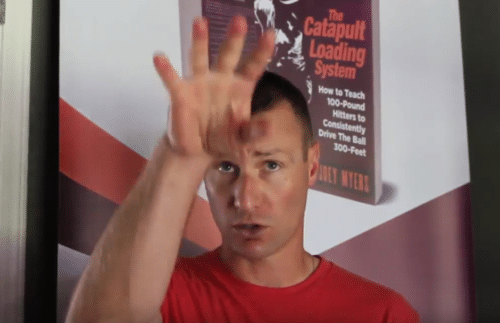
- Theory of Constraints (what’s most important?),
- Small Private Group Structure, and
- Pro’s and Con’s
Theory of Constraints (what’s most important?)
- My story: a MUST change to small private group sessions (2-6 hitters)
- Supply & Demand: I didn’t want to raise prices per hitter (the fitness “boot camp” model)
- What’s important to you? Certainty, Uncertainty, Significance, Connection, Contribution, Growth
75-min Small Private Group Structure
- Dynamic Warmup (10 to 15-mins)
- Beginning Ball Exit Speeds, swing recording & analysis (10-15 mins) – I use a PocketRadar
- Stations (40-mins):
- 1) Mechanical work off tee, soft toss, LIVE (with me),
- 2) Over-Under load training (switching stations is based off this one),
- 3) LIVE whiffle ball – slow pitching, hunting zones, controlling verticals, controlling horizontals
- Ending Ball Exit Speeds & Review Questions (5-mins)
Pros and Cons to Small Private Group Hitting
- Pros:
- Help more hitters in small amount of time
- More money in pocket of instructor, customer pays less for overall time
- Each hitter gets their specific mechanical things to work on
- Breeds a naturally competitive environment
- Older players mentor, younger become mentees (their standard gets raised)
- Learn teamwork, leadership, taking and receiving feedback, etc.
- Cons
- Can be hard for hitters used to individual lessons
- Lose one-on-one touch with instructor
- Not as much time to chit-chat (some players love to do this!)
Here’s what we talked about in this video:
- Theory of Constraints (what’s most important?),
- Small Private Group Structure, and
- Pro’s and Con’s
This model isn’t perfect, so I would love to hear your advice on what’s worked for those who are already doing this (and what doesn’t), and welcome any questions or comments below the “Reply” section… (thanks in advance!!!)
Latest posts by Joey Myers (see all)
- Fix Late Swings Fast: 2025 Pitch Recognition & See-Decide-Swing Training for Youth Baseball Power Hitters - October 6, 2025
- Safe Youth Weighted Bat Training: Proven Overload/Underload Drills to Increase Exit Velocity in Games Starting Tonight - September 29, 2025
- AI Coaching Course 2025: Youth Baseball & Softball Practice Plan + Off-Season & In-Season Workout Builder Fast - September 23, 2025

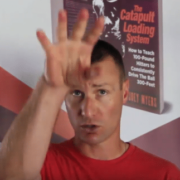


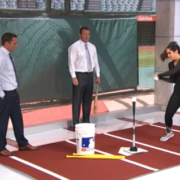

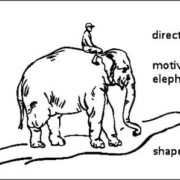
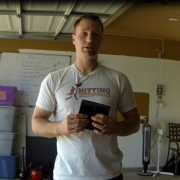

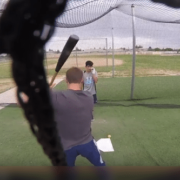



Hey Joey! As you are aware this is the dilemma. I’ve gone back and forth over twenty years with this. I’m settling in to small groups (2-4) with one private lesson every three weeks. I feel this keeps that one on one connection and makes better use of everyone’s time, money, and the facility.
With new players, I’ll do an four week long success session where we work one on one. Then offer the group with the every fourth week one on one. The student can choose to stay one on one, but the cost for the private lesson is a much higher amount than the small group.
In addition, I have a referral system in place and promote younger players to create a group with a few of their friends.
The older player do not seem to have an issue integrating with each other and in fact they enjoy the new relationships they create.
To bring more value to them, I’ll offer some classroom work, too.
Thanks again for the those comments Bill! And I absolutely agree with you.